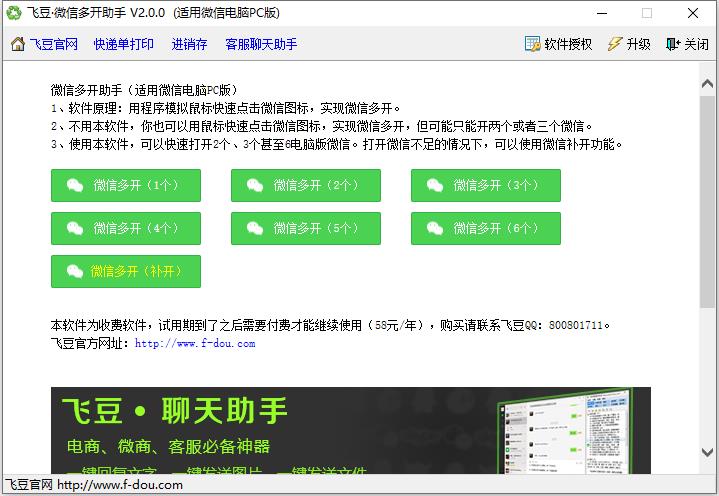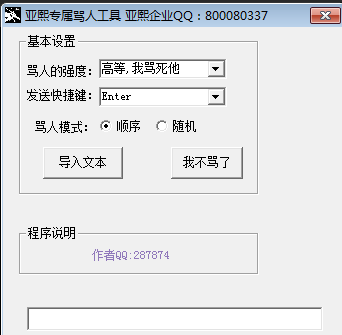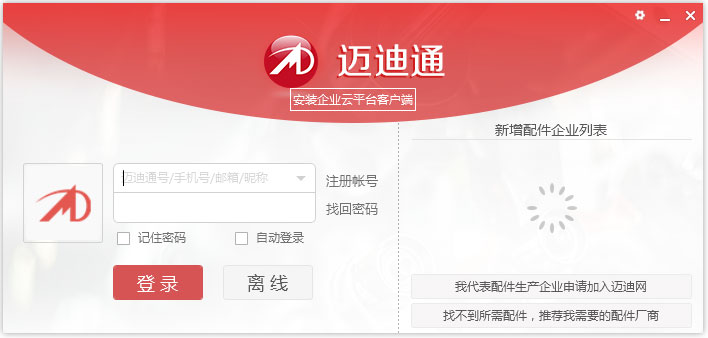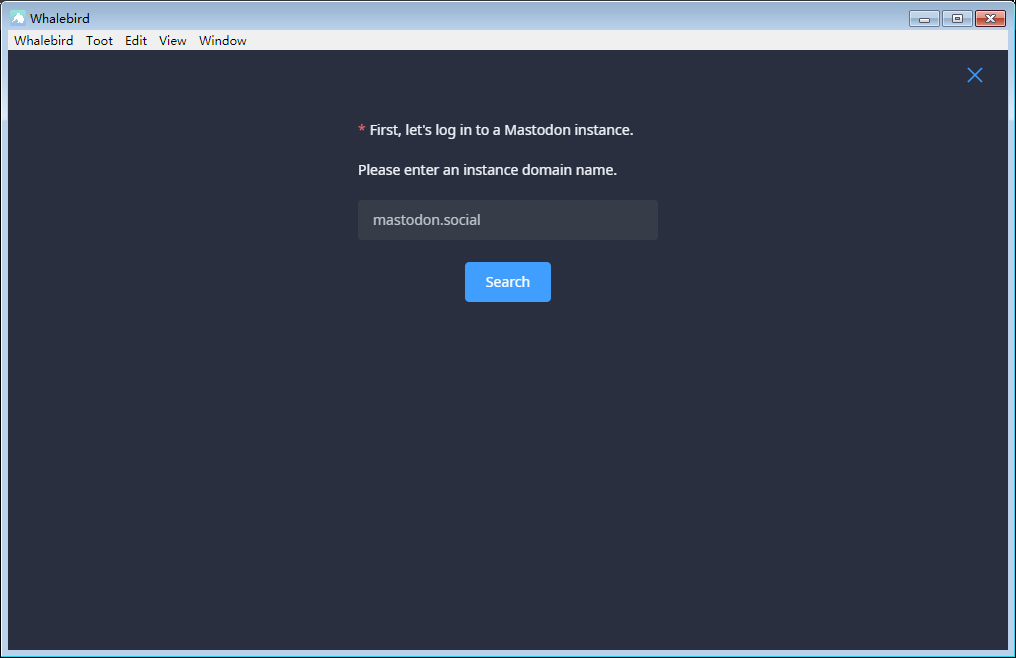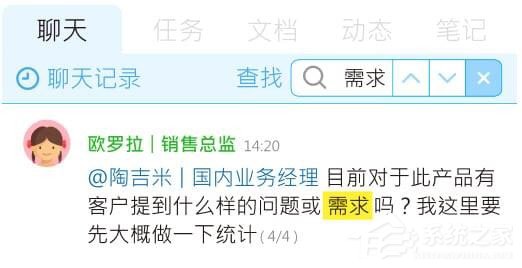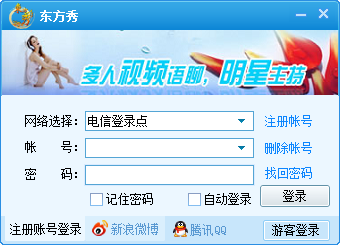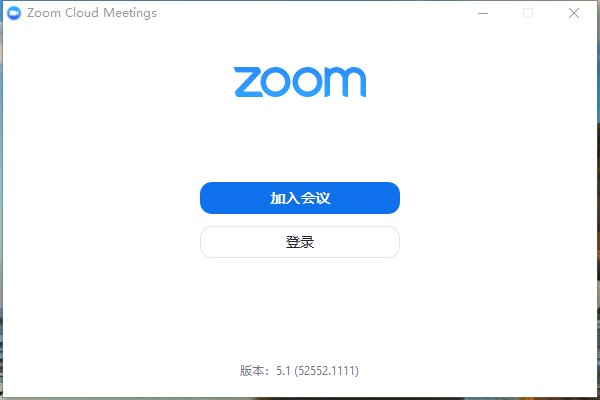浅析node怎么进行微博第三方登录
时间:2022-11-01 19:34
怎么进行微博第三方登录?下面本篇文章给大家介绍一下使用node实现微博第三方登录的方法,希望对大家有所帮助!

接入微博第三方登录可以免注册,对用户的体验更好,今天我们就用nodejs实现微博第三方登录(用其它语言也可以)。【相关教程推荐:nodejs视频教程】
实现效果
在线实例: http://www.lolmbbs.com/login
1、点击微博登录按钮登录
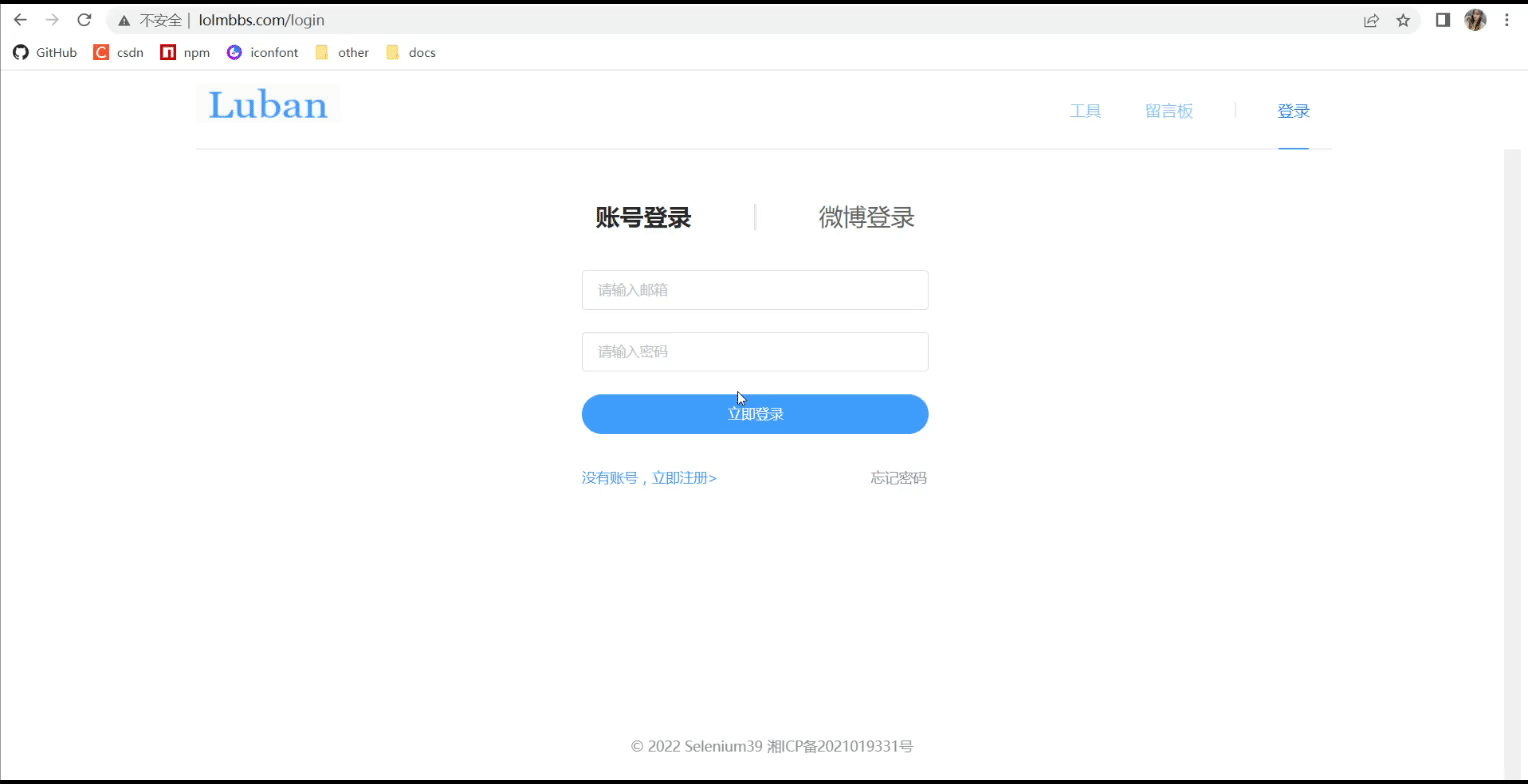
2、直接扫码登录
具体实现
一、申请weibo网站接入
登录https://open.weibo.com/connect申请web网站接入
本地开发的时候应用地址写:127.0.0.1
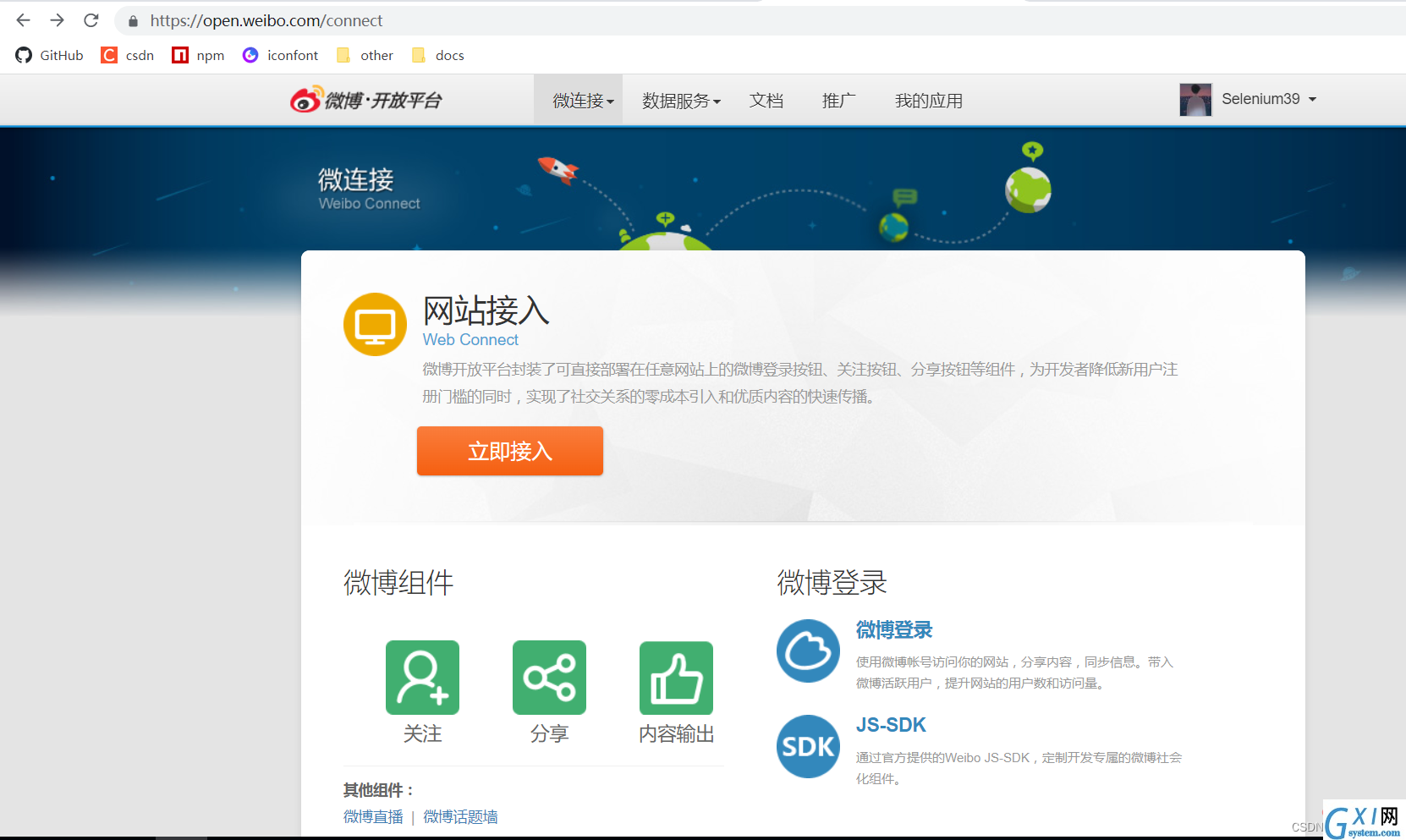
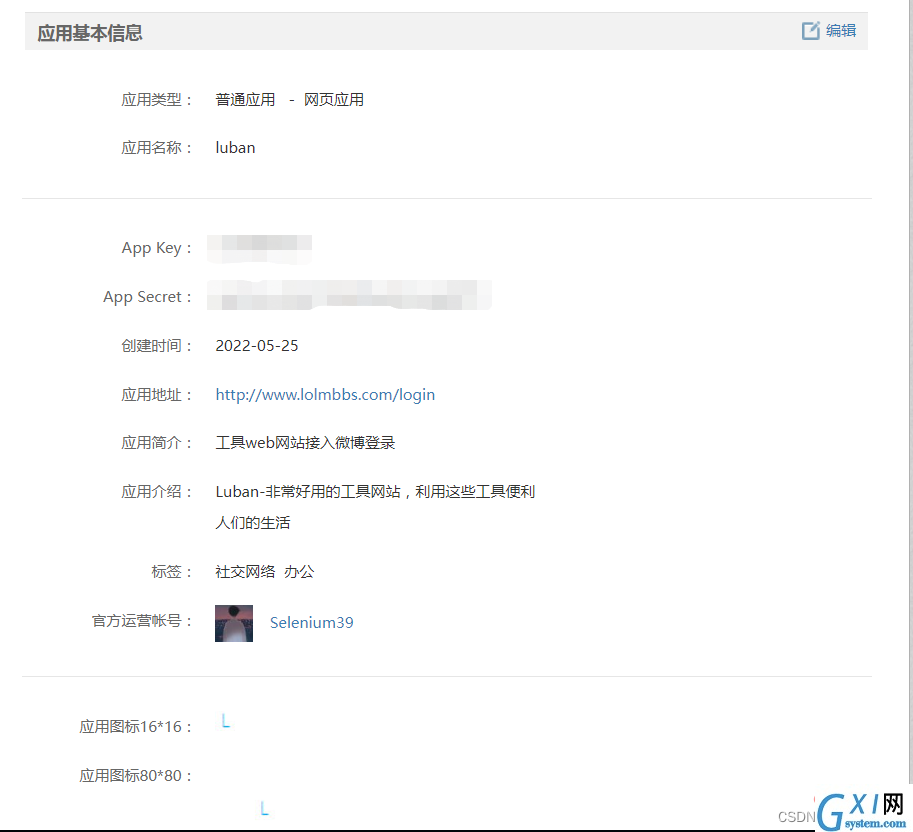
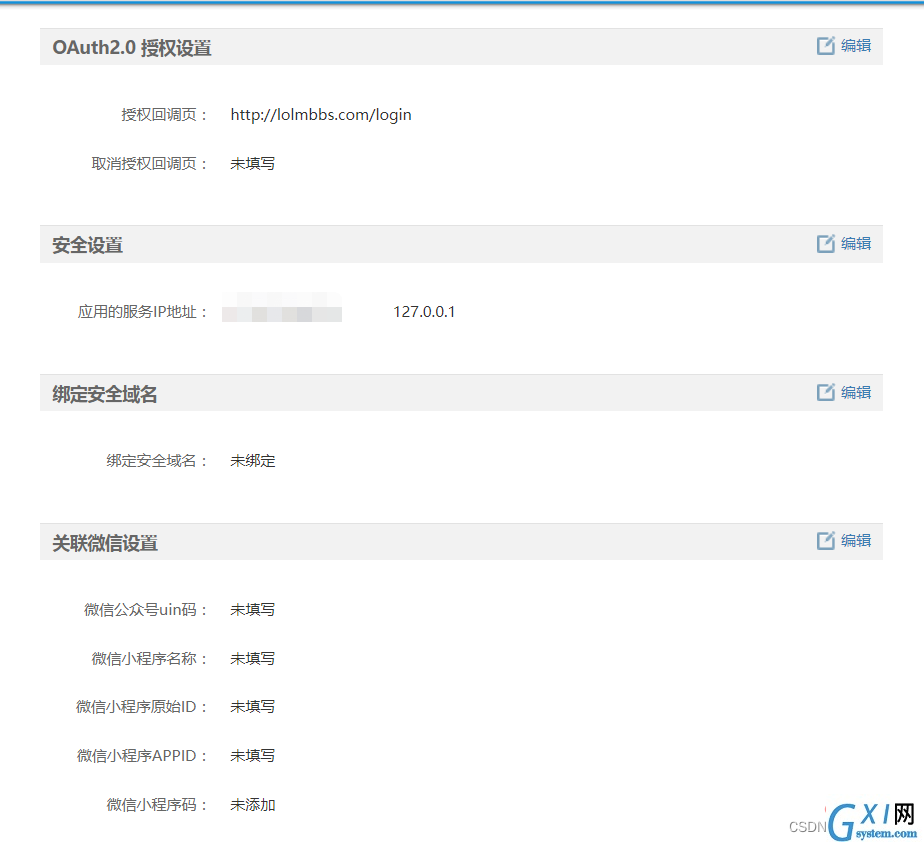
二、点击按钮微博登录
采用OAuth2.0授权,详细可参考文档https://open.weibo.com/wiki/Connect/login
1. 生成微博登录授权验证码
- const weiboUrl = `https://api.weibo.com/oauth2/authorize?client_id=${weiboConfig.appKey}&response_type=code&redirect_uri=${weiboConfig.redirectUrl}`
appKey: 创建应用成功后weibo给你的appKey
redirectUrl: 用户授权成功后跳转的你的前端页面,我这里写的是http://127.0.0.1:8080/login
2. 授权页面跳转,获取用户code
用户授权登录后,会跳转到你上一步写的redirectUrl,并带上用户code,url类似于http://127.0.0.1:8080/login?code=abcdef
vue监听路由url,如果url上有code就去请求后端的登录回调接口
- created() {
- const { code } = this.$route.query;
- if (code) {
- loginCallback({ code }).then((res) => {
- this.$message({
- message: `${res.nickname} 欢迎您`,
- type: "success",
- });
- this.setUser(res);
- this.$router.push("/tool/qr");
- });
- }
- }
3. 后端登录回调接口,通过用户code获取accessToken,再通过accessToken获取用户信息,完成登录
- async loginCallback(ctx) {
- let { code } = ctx.request.body
- if (!code) {
- return ctx.error(errCode.PARAMS_ERROR, '参数错误')
- }
- // 获取accessToken
- const { access_token, uid } = await got.post('https://api.weibo.com/oauth2/access_token', {
- form: {
- client_id: weiboConfig.appKey,
- client_secret: weiboConfig.appSecret,
- grant_type: 'authorization_code',
- redirect_uri: weiboConfig.redirectUrl,
- code
- }
- }).json()
- // 通过accessToken获取UserInfo
- const { id, name: nickname, avatar_hd: avatar } = await got.get(`https://api.weibo.com/2/users/show.json?access_token=${access_token}&uid=${uid}`).json()
- // 在自己的系统内创建User
- let [user, isCreate] = await WeiboUser.upsert({ id, nickname, avatar })
- // 生成登录Token,通过userType区分是微博登录用户还是系统账号登录用户
- const token = await jwt.createToken({ ...user.toJSON(), userType: 'weiboUser' })
- return ctx.success({ nickname, avatar, token })
- }
三、微博扫码登录
1. 生成微博扫码登录二维码
- async getWeiboLoginQr(ctx) {
- const qrApi = `https://api.weibo.com/oauth2/qrcode_authorize/generate?client_id=${weiboConfig.appKey}&redirect_uri=${weiboConfig.redirectUrl}&scope=&response_type=code&state=&__rnd=${Date.now()}`
- const { url, vcode } = await got.get(qrApi).json()
- return ctx.success({ weiboQrUrl: url, vcode })
- }
返回的url就是微博登录二维码url,vcode相当于此二维码唯一标识,用来查询用户是否扫码
2. 前端不停轮询,查询此二维码是否被扫码授权
前端:
- const id = setInterval(() => {
- getWeiboLoginQrStatus({ vcode }).then((res) => {
- const { status, url } = res;
- if (status === "3") {
- window.location = url;
- clearInterval(id);
- }
- });
- }, 3000);
后端:
- async getWeiboLoginQrStatus(ctx) {
- const { vcode } = ctx.request.query
- if (!vcode) {
- return ctx.error(errCode.PARAMS_ERROR, '参数错误')
- }
- const queryQrApi = `https://api.weibo.com/oauth2/qrcode_authorize/query?vcode=${vcode}&__rnd=${Date.now()}`
- const { status, url } = await got(queryQrApi).json()
- return ctx.success({ status, url })
- }
如果status为3,代码用户已经扫码授权了,同时返回的url即点击按钮登录后的前端回调url。之后的步骤就跟2. 授权页面跳转,获取用户code一模一样了.
更多node相关知识,请访问:nodejs 教程!
以上就是浅析node怎么进行微博第三方登录的详细内容,更多请关注gxlsystem.com其它相关文章!
